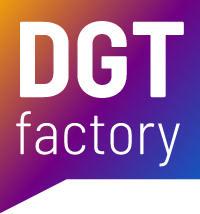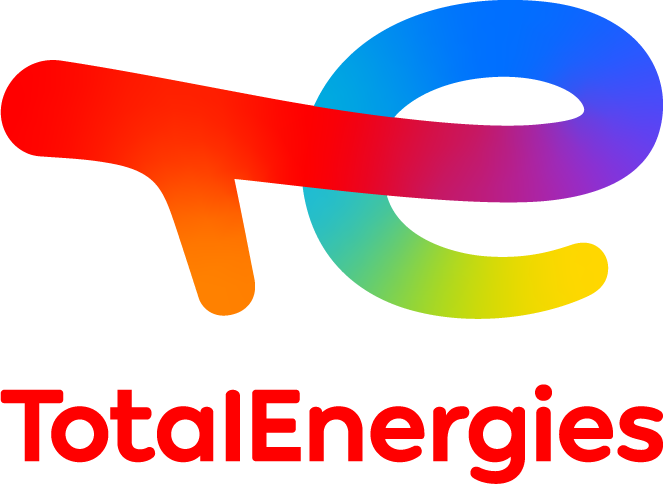
Case Study

Communication module between the regulator and the energy company managing capacities based on the supply and demand for electricity
For Total Energies (formerly Lampiris), our client that produces and sells electrical energy, we developed a Communication module between the national power grid and the energy company – the client.
The module’s task is to provide both parties with information about the end users of electricity, their contracts, and subscription parameters. The module simultaneously conveys information about electrical energy producers and allows our client to plan production capacities and operational needs. To give you an idea of how it works, this data can impact things such as the automatic filling and draining of hydropower plant reservoirs.
In the first three months of cooperation, we already managed to improve the quality of the existing solution. We demonstrated flexibility when introducing new technologies, significantly relieving our client’s development team. We are pleased that the client’s trust in us is steadily growing, and thanks to that, we now have expert know-how and have become a reliable key supplier.
Customer:
Total Energies Belgium
Project:
Communication and integration layer between the regulator and the energy company
Module:
ETRM – Energy Trading and Management is one of the main points of processing the time series for energy and gas production and consumption.
Mig 6 – Integration to the Market System, which processes and completes events coming from and to the national network.
Technologies used:
SpringBoot, REST API, XML, PostgreSQL, Camel, Angular, InFlux, BPMN, Karaf, GitLab, Ansible, Java, PlantUML, Screen Boot, Java EE, Active MQ
Related positions:
Team leader, Frontend developer, Backend developer, Consultant, Automated tester
16+ months
project duration (ongoing)
17 team members
from DGT factory
44
types of messages
150,000
messages daily
2.67 million
supply points
Project activities:
Customer
Total Energies Belgium is a Belgian energy producer and end consumer service provider. In Belgium, Total Energies operates renewable energy sources such as wind turbines, hydropower plants, and combined-cycle gas-fired power plants with total energy production of 830 MW of energy.
A division of Total Energies, our customer, delivers software solutions supporting the technical operation of energy production, communicates with the Belgian energy market network, and provides end-client portal and mobile application services.
Project
Every manufacturer is searching for ways to improve internal processes, increase quality and optimize costs. That is also the case of Total Energies, that tried to establish nearshore software delivery services with new potential partners from central Europe a few years ago. Of course, their biggest question was: how to make it smooth and efficient, and on the other side, not destabilize internal software delivery teams.
Solution
Our success story started a few weeks before we met the client in person for the first time. We organized several online workshops to gather valuable details about problems and areas where the customer searched for improvements.
Based on these inputs, we prepared a strategy and plan for onboarding our team and especially increasing the quality level of the software for the new project.
After these alignment steps, we introduced our ideas and approach face-to-face to the customer’s delivery team. We started contributing to the software design and development of the project facing technical gaps, older technologies, and a lack of maintenance.
Three months of successful work later, we raised the quality of the solution to a new level. The customer realized that this approach can lead to success and that the team doesn’t need to be always on-site. Our team started to grow, and its members now belong among the core team members of the leading development groups in the software division.
Results
Our performance convinced the client that our presence on-site two or three times a year is sufficient for efficiently developing a software solution as long as there is straightforward and instant communication within the team.
We have also proven that the flexibility in applying new technologies and sharing knowledge about various domains within our team is a crucial factor in decreasing the load of the local team in Belgium.
Conclusion
Nearshore delivery can make both the client and the software vendor happy. However, there has to be regular face-to-face communication, team spirit, and perception that the nearshore team is not replacing the original team but bringing new ideas and flexibility.
